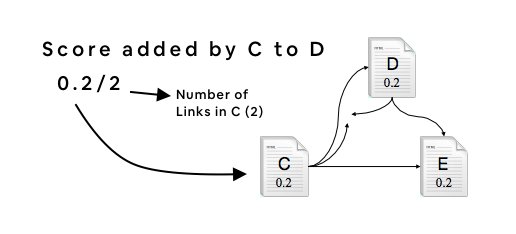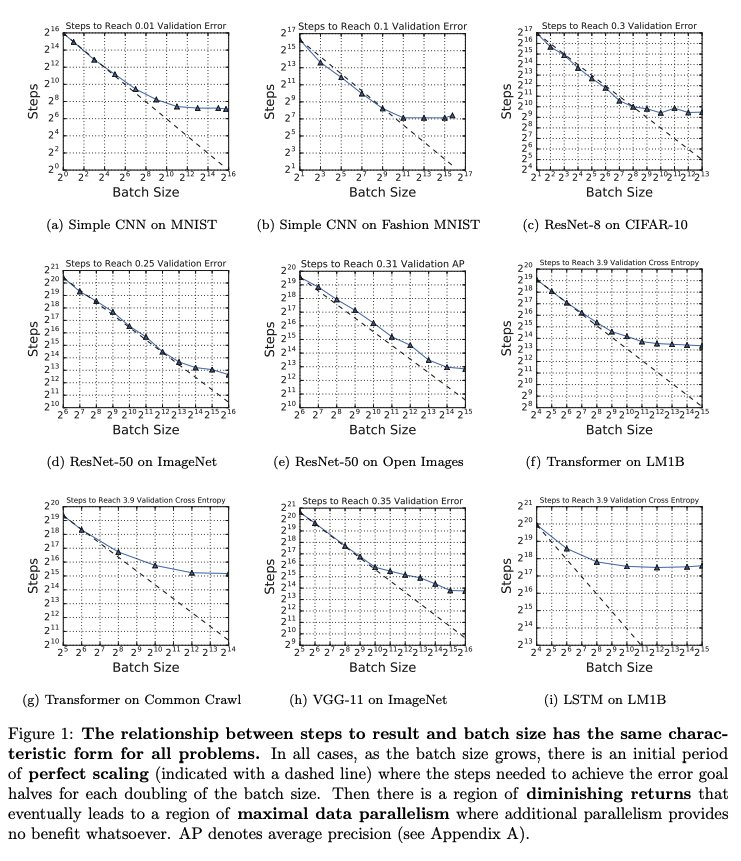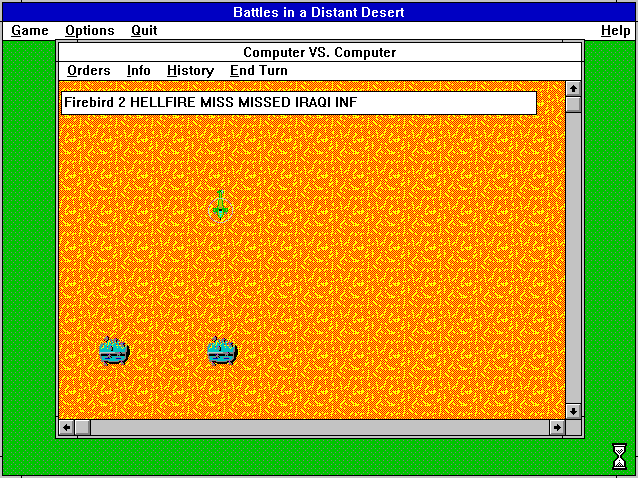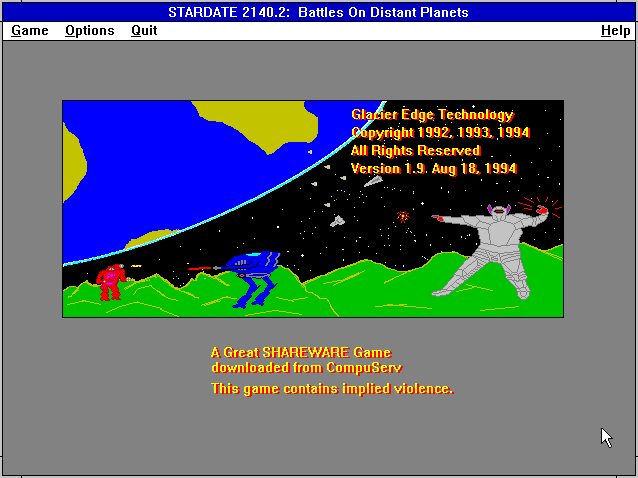Before this time, people had to go into a store, give the clerk a shopping list, and then wait for their items to be gathered and brought out.
You think the Gamestop short squeeze is the greatest ever? Not. Even. Close.
This is the story of Piggly Wiggly and one man taking on Wall Street ALONE.
Buckle up, because this is one of the craziest stories in investment history.
Before this time, people had to go into a store, give the clerk a shopping list, and then wait for their items to be gathered and brought out.
People loved the idea so much that within 3 years there were over 1,200 Piggly Wiggly stores in the U.S.
Unfortunately, some of these retailers in the northeast began going out of business in the fall of 1922, all while using the Piggly Wiggly name.
They began shorting Piggly Wiggly while also spreading rumors that the parent corporation was in trouble.
Within a week the price dropped from $50 to $40 a share.
As a result, Sanders publicly announced that he would “beat the Wall Street professionals at their own game.”
Immediately Sanders took out a $10 million loan sourced from various banks, stuffed his suitcase and pockets full of cash, and boarded a train to New York City.
Sanders was determined that he could corner the market.
Saunders wanted a corner so he could force the short sellers to pay him whatever price he wanted.
This is how a short squeeze works.
This was Saunders' end goal.
On the first day he (and his secret group of traders) bought 30,000 shares. Within a week Saunders owned 105,000 shares, or more than half of those available for trading.
However, Saunders knew that even if he won his corner, he would need an escape plan.
If you try to sell all your shares at once, the price crashes and you are ruined.
Yes, he was selling, but at a price of $55 a share, or about $15 below the current market price.
But there was a catch…
More importantly, you couldn't own the shares (and re-sell them) until the final payment was made.
In doing the sale, he got both.
With Livermore gone, Saunders was truly alone against Wall Street
So on March 20, 1923, Clarence Saunders sprang his trap on the shorts—that morning he called for delivery of his Piggly Wiggly stock.
By noon the price was $124.
The shorts were cornered and only had until the next day (Wednesday) to deliver their shares. But then, the rules changed.
Saunders countered and offered a deal of $150 a share for delivery by end of day Thursday and $250 a share thereafter.
Then, the Governing Committee delivered the death blow to Saunders. They restricted trading of Piggly Wiggly and gave the short sellers until the next Monday to deliver the shares.
Instead of getting paid in dollars, Saunders got the last thing he wanted—more Piggly Wiggly shares.
He had lost. Wall Street had won.
Either way, Saunders’ corner didn’t ultimately failed.
Unfortunately, this adulation didn’t translate into financial assistance. Saunders eventually declared bankruptcy.
If you liked this story, you can read the full version in “Business Adventures” by John Brooks:
https://t.co/ahbcfwVrCR
If you liked this story, you can get more of my insights by signing up for my weekly newsletter:
https://t.co/nj57XauEPv
More from All
Curated the best tweets from the best traders who are exceptional at managing strangles.
• Positional Strangles
• Intraday Strangles
• Position Sizing
• How to do Adjustments
• Plenty of Examples
• When to avoid
• Exit Criteria
How to sell Strangles in weekly expiry as explained by boss himself. @Mitesh_Engr
• When to sell
• How to do Adjustments
• Exit
1. Let's start option selling learning.
— Mitesh Patel (@Mitesh_Engr) February 10, 2019
Strangle selling. ( I am doing mostly in weekly Bank Nifty)
When to sell? When VIX is below 15
Assume spot is at 27500
Sell 27100 PE & 27900 CE
say premium for both 50-50
If bank nifty will move in narrow range u will get profit from both.
Beautiful explanation on positional option selling by @Mitesh_Engr
Sir on how to sell low premium strangles yourself without paying anyone. This is a free mini course in
Few are selling 20-25 Rs positional option selling course.
— Mitesh Patel (@Mitesh_Engr) November 3, 2019
Nothing big deal in that.
For selling weekly option just identify last week low and high.
Now from that low and high keep 1-1.5% distance from strike.
And sell option on both side.
1/n
1st Live example of managing a strangle by Mitesh Sir. @Mitesh_Engr
• Sold Strangles 20% cap used
• Added 20% cap more when in profit
• Booked profitable leg and rolled up
• Kept rolling up profitable leg
• Booked loss in calls
• Sold only
Sold 29200 put and 30500 call
— Mitesh Patel (@Mitesh_Engr) April 12, 2019
Used 20% capital@44 each
2nd example by @Mitesh_Engr Sir on converting a directional trade into strangles. Option Sellers can use this for consistent profit.
• Identified a reversal and sold puts
• Puts decayed a lot
• When achieved 2% profit through puts then sold
Already giving more than 2% return in a week. Now I will prefer to sell 32500 call at 74 to make it strangle in equal ratio.
— Mitesh Patel (@Mitesh_Engr) February 7, 2020
To all. This is free learning for you. How to play option to make consistent return.
Stay tuned and learn it here free of cost. https://t.co/7J7LC86oW0
You May Also Like
#ArudraDarisanam
Unique Natarajar made of emerlad is abt 6 feet tall.
It is always covered with sandal paste.Only on Thriuvadhirai Star in month Margazhi-Nataraja can be worshipped without sandal paste.

After removing the sandal paste,day long rituals & various abhishekam will be https://t.co/e1Ye8DrNWb day Maragatha Nataraja sannandhi will be closed after anointing the murthi with fresh sandal paste.Maragatha Natarajar is covered with sandal paste throughout the year

as Emerald has scientific property of its molecules getting disturbed when exposed to light/water/sound.This is an ancient Shiva temple considered to be 3000 years old -believed to be where Bhagwan Shiva gave Veda gyaana to Parvati Devi.This temple has some stunning sculptures.






























